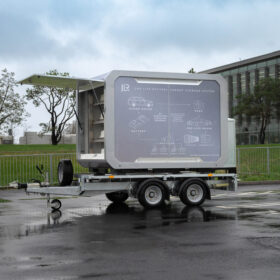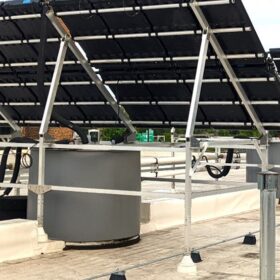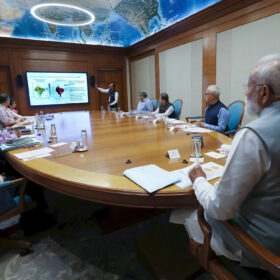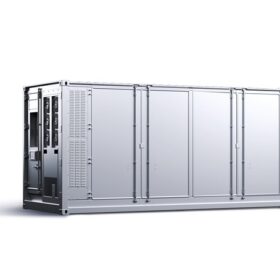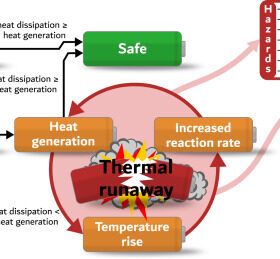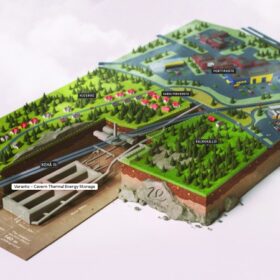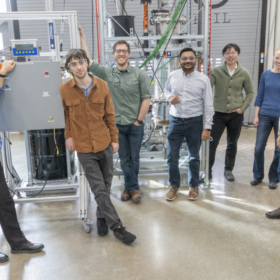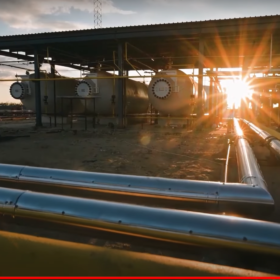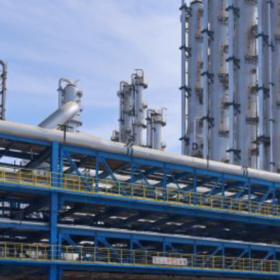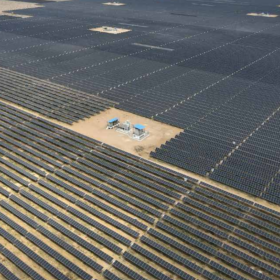JLR, Allye Energy partner on 270 kWh portable battery energy storage system
Jaguar Land Rover (JLR) and Allye Energy have agreed to collaborate on a 270 kWh portable battery energy storage system (BESS) built with second-life Range Rover batteries. The system, which is set to become the first commercially available BESS with JLR battery packs, can fully charge up to nine Range Rover PHEV vehicles at once.
A new twist on thermal storage
Power Panel offers a PV and thermal storage solution that combines simple, safe and easy to manage hot water with advanced thermoplastic technology and architecture.
Building a circular economy for India’s self-reliance in battery materials
India is investing in facilities and infrastructure to recycle batteries and recover valuable materials like lithium, cobalt, and nickel. By doing this, we can reduce our need for new materials and minimize the environmental impact of battery production.
India’s ruling party pledges renewables, manufacturing focus in its poll manifesto
India’s ruling party Bharatiya Janata Party (BJP) has vowed continued focus on renewables, energy storage and electric mobility with a view to achieving energy independence for the nation by 2047.
CATL unveils first mass-producible battery storage with zero degradation
China-based Contemporary Amperex Technology Co. (CATL) has launched its new TENER energy storage product, which it describes as the world’s first mass-producible 6.25 MWh storage system, with zero degradation in the first five years of use.
How safe are lithium iron phosphate batteries?
Researchers in the United Kingdom have analyzed lithium-ion battery thermal runaway off-gas and have found that nickel manganese cobalt (NMC) batteries generate larger specific off-gas volumes, while lithium iron phosphate (LFP) batteries are a greater flammability hazard and show greater toxicity, depending on relative state of charge (SOC).
Finland to host 90 GWh thermal energy storage system
Vantaa Energy plans to construct a 90 GWh thermal energy storage facility in underground caverns in Vantaa, near Helsinki. It says it will be the world’s largest seasonal energy storage site by all standards upon completion in 2028.
Spent lithium battery recycling and strategies
Nitin Gupta, CEO and co-founder of Attero (India’s largest end-to-end e-waste management and Li-ion battery recycling company), shares the prospects of lithium battery recycling in India, recycling methods in use, and approaches to make the process efficient and green.
US government funds pilot project for heated sand energy storage
The US Department of Energy is funding a pilot project to demonstrate the commercial viability of storing energy in heated sand, which is capable of producing 135 MW of power for five days.
India’s green hydrogen push presents a $125 billion investment opportunity by 2030: Avendus Capital
Avendus Capital’s latest report on green hydrogen estimates cumulative investments of $125 billion by 2030, across the value chain spanning electrolyzer production, renewable energy generation, and green hydrogen and green ammonia production in India.
